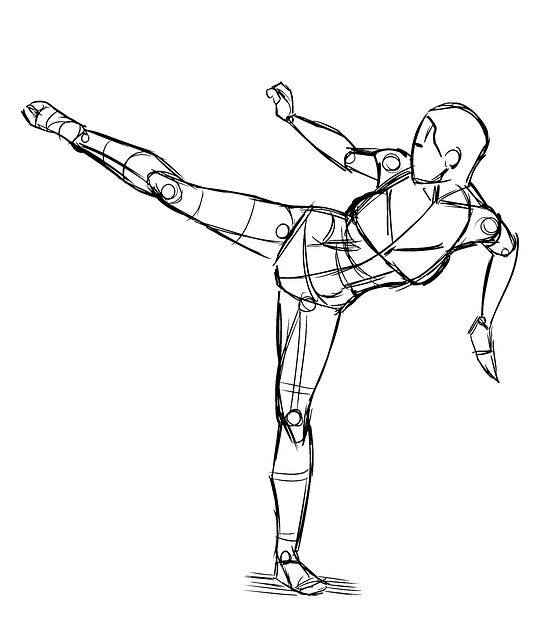A karate suit, often referred to as a gi, is a traditional garment worn by practitioners of martial arts. It consists of a jacket, trousers, and belt, each with specific colors that denote the wearer's rank or level of expertise in the discipline. The gi serves both a practical and symbolic purpose; it facilitates the movements required for karate techniques while also representing the progress and dedication of the practitioner. Understanding the components and significance of the gi is essential for anyone interested in the sport, as it is an integral part of the martial art's rich history and culture. Whether you are a beginner or an experienced karateka, the gi remains a staple in practicing and honing your skills.
In summary, the karate uniform is known as a “keikogi” or “dogi.” This attire symbolizes both the humility and discipline inherent in martial arts practice. While it may be commonly referred to as a “karate suit,” the traditional keikogi serves as a canvas for individual dojos to express their identity through subtle variations in design and color. Understanding the significance of the keikogi goes beyond mere knowledge; it encapsulates the essence of respect and tradition within the karate community.
